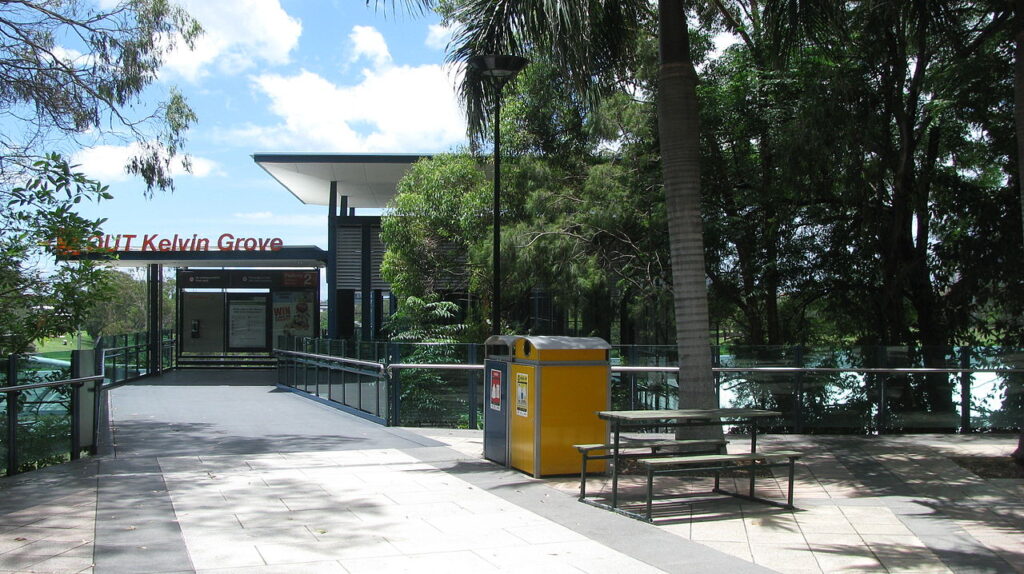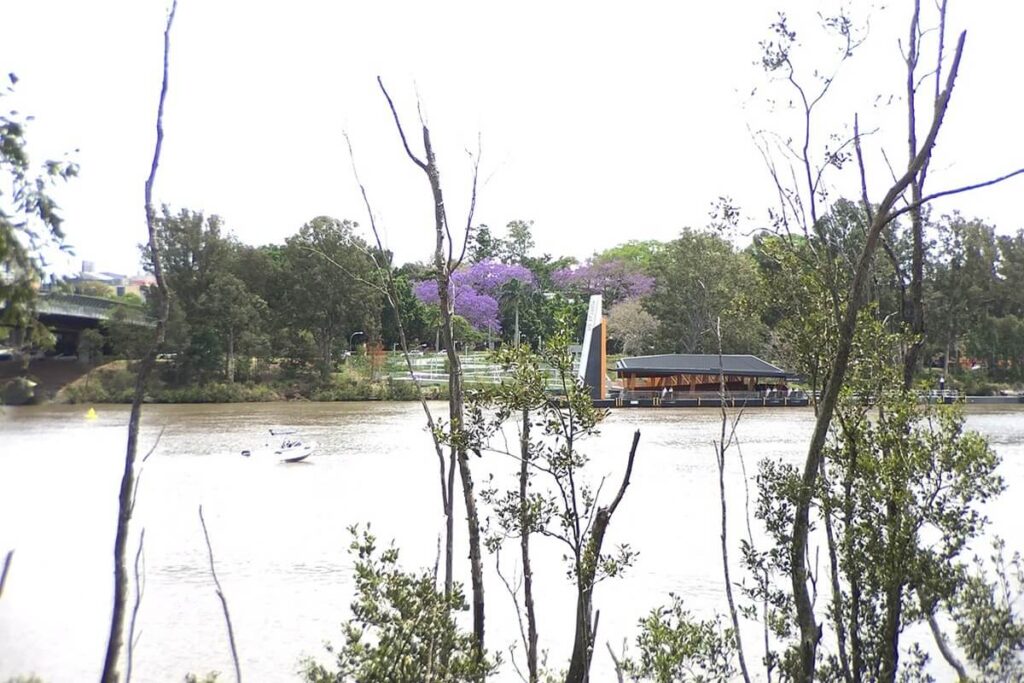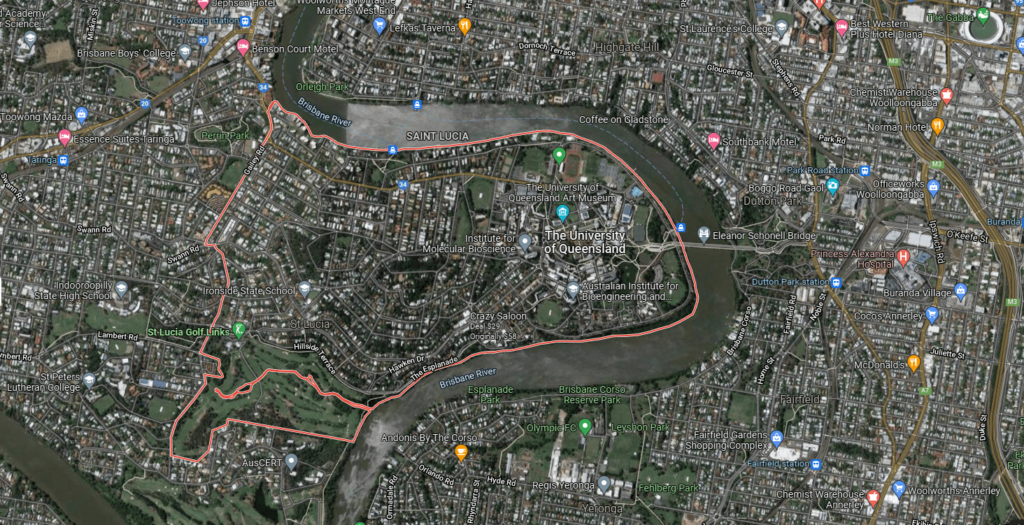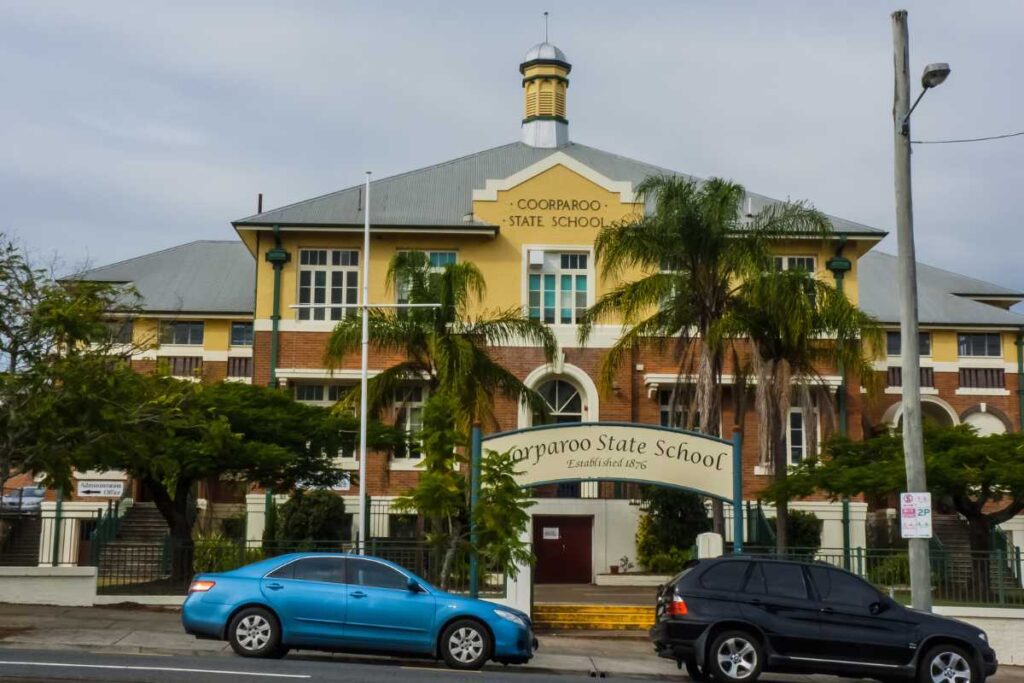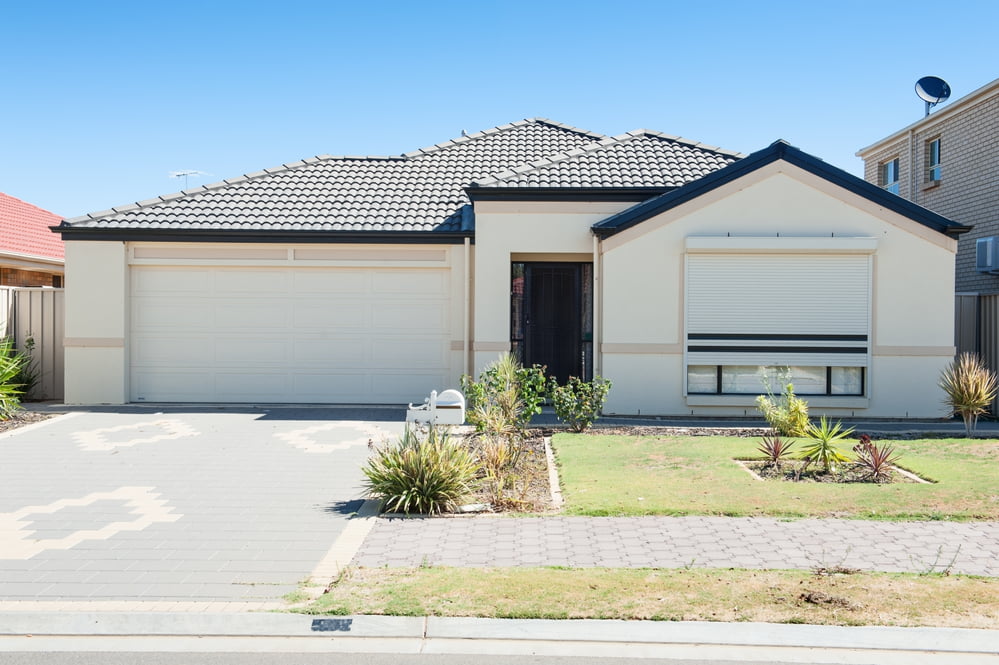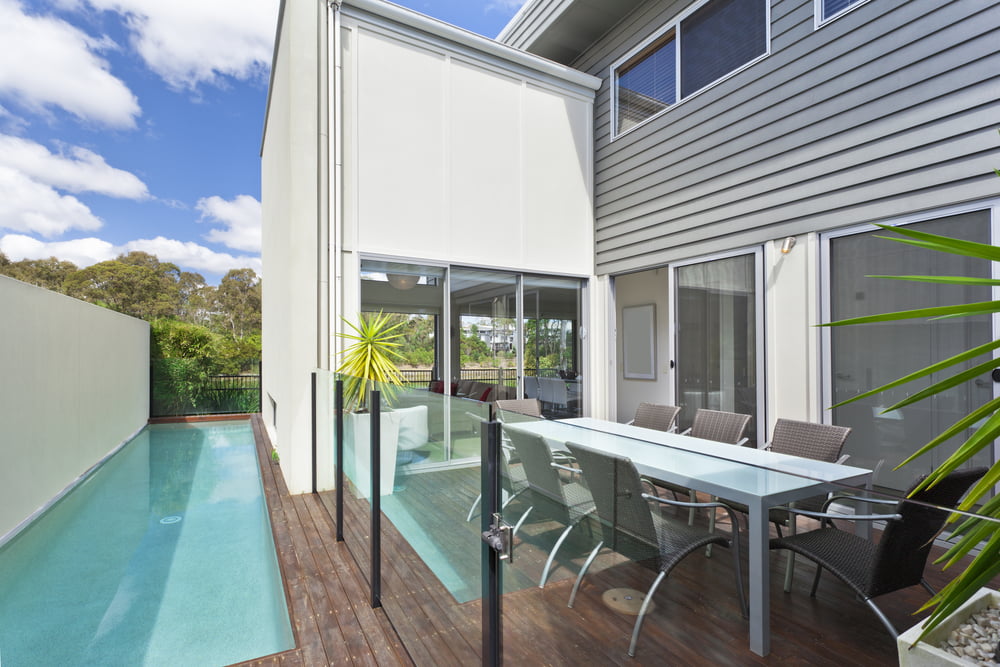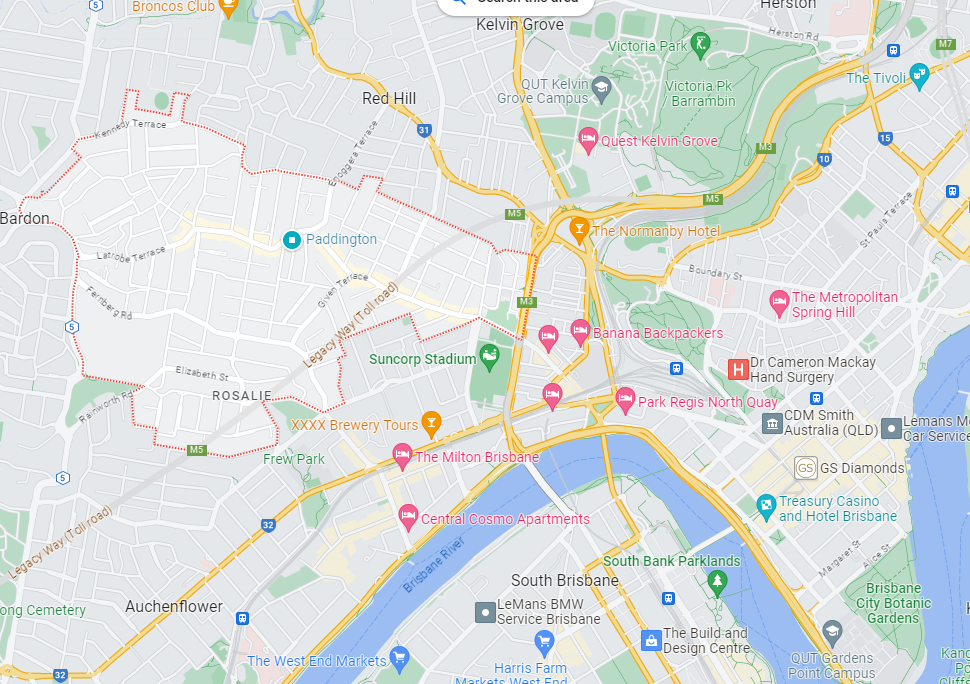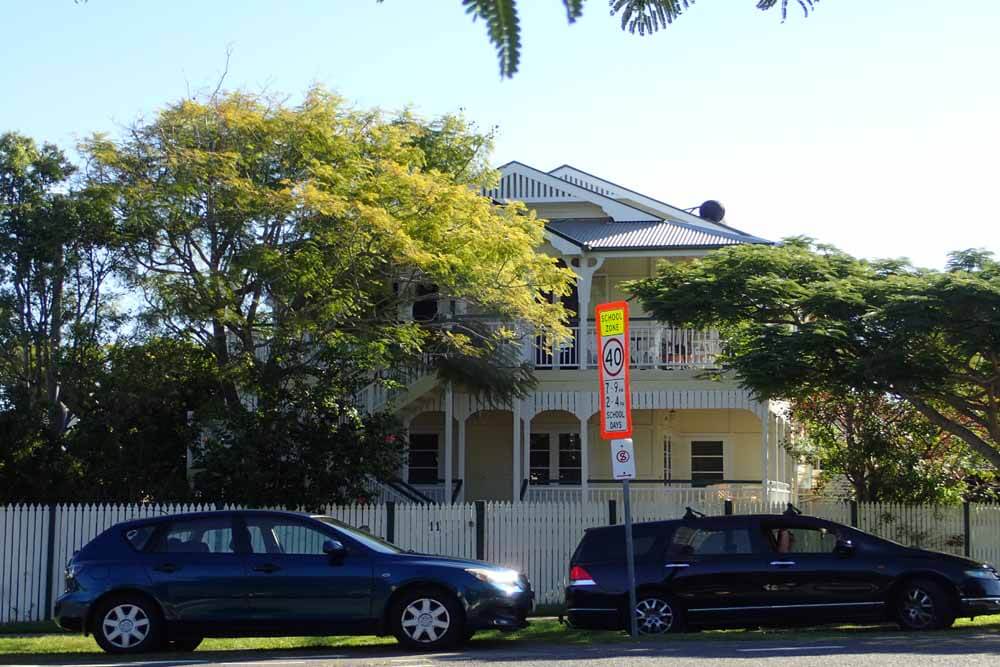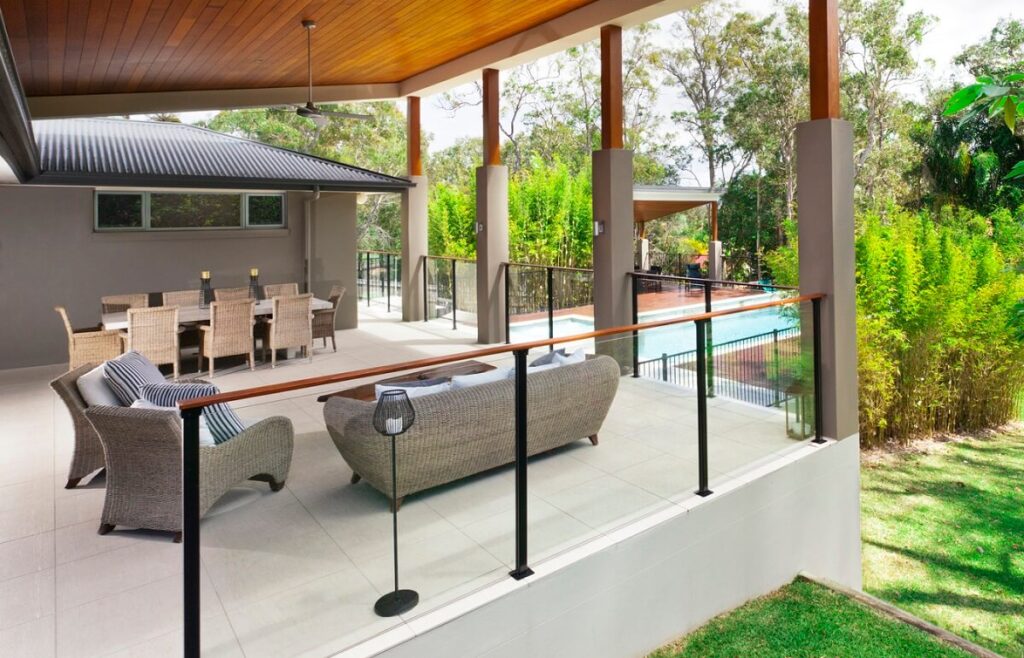Are You Moving to Brisbane? What You Need To Know BEFORE You Buy….
Moving to Brisbane? Great choice! With its sub-tropical climate, great beaches and relatively affordable housing, who wouldn’t want to move to the capital of Queensland?
Before moving to Brisbane, it’s important to know what to look out for when choosing your new abode. Brisbane properties are in demand but that doesn’t mean you ought to jump into the first property you see. Educate yourself first on the issues affecting housing in Queensland’s capital city.
Brisbane housing problems associated with climate
South-East Queensland’s sub-tropical climate means hot summers, mild winters and steady rainfall. Excess rainfall can be a problem for houses in Brisbane in certain areas.
Brisbane’s flood zone
If you are moving to Brisbane for the weather, you should be aware of the city’s summer storms. Heavy rains are common and can wreak havoc on large areas of land throughout South-East Queensland.
The catastrophic floods of 2011 are still at the forefront of most people’s minds, which is why it is wise to be aware of Brisbane’s flood zone. The flood zones changed after the events of 2011, mainly due to the change in landscape and the increase in real estate due to South-East Queensland’s growing population.
If you are looking at a house within or near Brisbane’s flood zones, it is imperative to arrange a thorough building inspection so that you are fully aware of how structurally sound your property is before you commit.
Insufficient property drainage
Choosing to buy a house out of the flood zone does not necessarily mean your property will be free from potential water damage. Insufficient drainage is a common problem for many Brisbane houses. Poor drainage means your property will be subject to excess water bogging your lawns after heavy rainfalls. A build-up of excess water over time can undermine the foundations of your house, causing subsidence and movement.
Reactive clay soil
Clay-based soils aka reactive soils are another common problem for South-East Queensland properties. Clay soils expand when wet and shrink when dry which can seriously interfere with the foundations of your property. Subsidence and movement caused by the effects of an underlying clay soil issue can result in cracked walls, render damage or much worse.
Before moving to Brisbane a property inspection is vital. Without an inspection report, it is impossible to know the stability of your future home.
New properties unsuited to Brisbane’s warm climate
Apartment blocks are on the rise here, attracting young professionals to move to the Sunshine State’s capital. That said, recent reports suggest that new “hot box” housing in Brisbane is not suitable for the city’s hot climate.
It has been said that new apartment blocks and modern housing developments have not taken Brisbane’s sub-tropical climate into consideration. Shoulder-to-shoulder houses leave little room for adjacent properties to breathe. Residents must rely heavily on air conditioning and with the need to use cooling systems most of the year, this becomes an expensive ongoing issue.
New housing developments may appeal to new residents moving to Brisbane, but it is important to consider the suitability of your housing choice. Would your reliance on cooling systems due to the inadequacy of natural air flow prove to be a costly mistake?
There is value in having an independent building inspection conducted if you do decide to buy into a new housing estate when moving to Brisbane. While the structure of a new home must adhere to council regulations, an building inspector will investigate the quality and construction of the property in question.
Moving to Brisbane: pest problems!
Pests! Brisbane’s warm climate is, unfortunately, favourable to destructive animals and insects. As such, pest problems are rife in Queensland.
Brisbane residents are faced with the following pest problems:
- Termites
- Rodents
- Cockroaches
- Bed bugs
- Silverfish
The biggest pest, in terms of the destruction they can cause, is the termite aka white ant.
Termites are rife in South-East Queensland
These quiet menaces can literally eat your house down without you knowing! Termites might be tiny but these insects invade homes in their droves by penetrating gaps in brick walls or via concrete slabs. Once they’re in, termite armies can cause significant damage to a property and in a short space of time.
Termites eat away at organic fibre, for example the wooden foundations of your home. This is a costly problem to rectify. The good news? A pest control inspection will identify a potential infestation and rid your house of termites before any more damage is done. Termite infestations are rife in Queensland, which is why it is imperative to arrange a pest inspection before moving to Brisbane and investing your hard-earned money.
What else do you need to know about moving to Brisbane?
You know what to look for before you commit to buying a property in Brisbane, and you’ve heard about all the potential disasters, but what about the good stuff?
There’s a good reason why Brisbane’s population is booming and why thousands of Australians migrate to the Sunshine State’s capital.
- Winter? What winter! If you’re not a fan of the cold, you’ll love Brisbane. Brisbane offers arguably the best weather in the country. Temperatures still reach the low 20s even in the cooler months.
- Beaches. Moving to Brisbane means you are within easy access to some of the best beaches in Australia. The Gold Coast, Sunshine Coast, Byron, Bribie & North Stradbroke Island are all reachable within a short drive (or ferry trip) from Brisbane.
- More bang for your buck. Brisbane remains one of the country’s most affordable capital cities in terms of property land size and space. Your money will stretch further when you choose to buy a property in Brisbane and your mortgage burden will be much lower than your cousins in Melbourne and Sydney!
Are you moving to Brisbane? Contact Action Property Inspections to arrange a pre-purchase property inspection today!
Action Property Inspections are Brisbane property inspections specialists, having carried out over 20,000 inspections in the greater Brisbane area since 1995.



